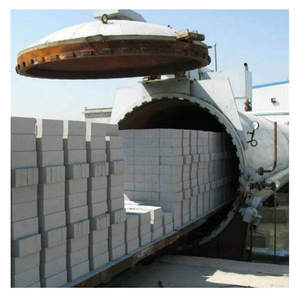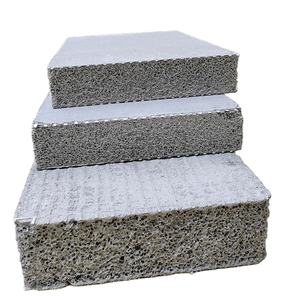Admixtures in concrete are chemical substances that are added to the mix during production to improve certain properties of the concrete. These admixtures can include things like air entraining agents, plasticizers, retarders, and superplasticizers. One of the most common questions regarding admixtures is whether they always decrease the slump of concrete. The answer to this question is nuanced and depends on several factors.
(Slump Saver: Do Admixtures Always Decrease Slump?)
Slump is a measure of the workability of fresh concrete. It indicates how easily the concrete flows and can be poured without segregating or losing its consistency. A higher slump value means the concrete is more fluid and easier to handle, whereas a lower slump value suggests the concrete is less workable but might offer better structural integrity.
Admixtures can influence slump in various ways:
1. **Superplasticizers**: These are the most common admixtures used to increase slump while maintaining or improving concrete’s other properties like strength and durability. Superplasticizers work by reducing the water required for the same workability, thus increasing the slump without compromising the concrete’s internal structure.
2. **Air Entrainers**: Air entraining admixtures introduce tiny air bubbles into the concrete, which help in resisting freeze-thaw damage. This process does not necessarily decrease slump; rather, it affects the concrete’s density and porosity. The impact on slump would depend on the specific application and the balance between air content and water content.
3. **Retarders**: Used to slow down the setting time of concrete, retarders typically do not directly affect the slump. However, they allow for more time to handle the concrete, which indirectly could lead to a higher slump if the conditions require more fluidity.
4. **Plasticizers**: These admixtures reduce the water demand for achieving the desired slump, thus increasing the workability of the concrete without significantly altering its strength characteristics.
5. **Fly Ash and Silica Fume**: These are examples of mineral admixtures that can replace a portion of the cement in the mix. While they don’t necessarily decrease slump, they can modify the concrete’s rheology, potentially leading to changes in slump based on the specific mix proportions and the type of admixture used.
(Slump Saver: Do Admixtures Always Decrease Slump?)
In conclusion, the effect of admixtures on slump is not universally one-directional. The type of admixture, the specific formulation of the concrete mix, and the construction context all play significant roles in determining whether an admixture will increase, decrease, or have no significant impact on the slump of concrete. Understanding these nuances is crucial for achieving optimal concrete performance tailored to specific applications and requirements.
Inquiry us
if you want to want to know more, please feel free to contact us. (nanotrun@yahoo.com)

